
Archaeologists have unearthed an extraordinary hoard of Etruscan and Roman artefacts in the village of San Casciano dei Bagni, Tuscany, Italy.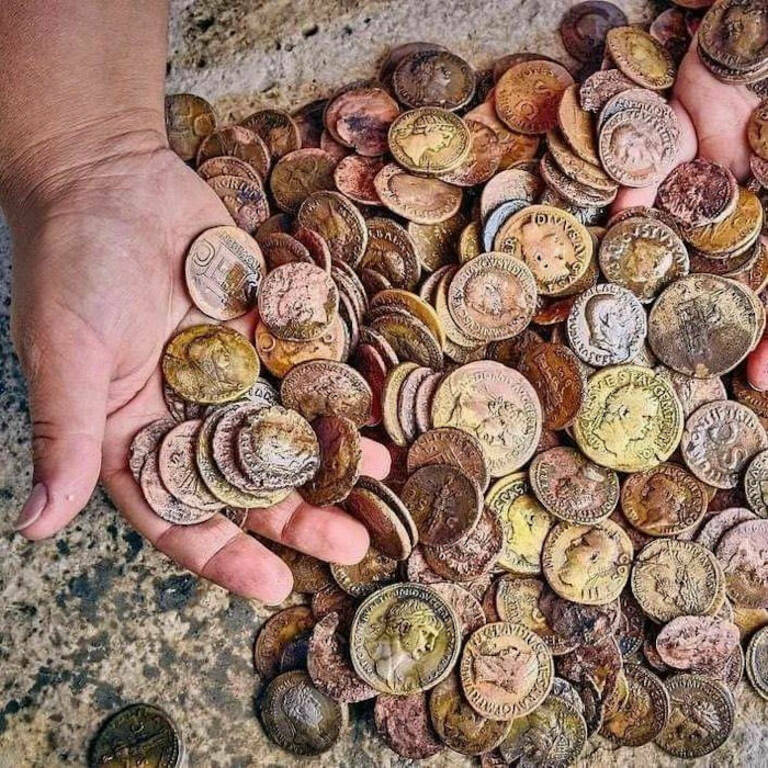

Credit: Emanuele Mariotti/SABAP-SI
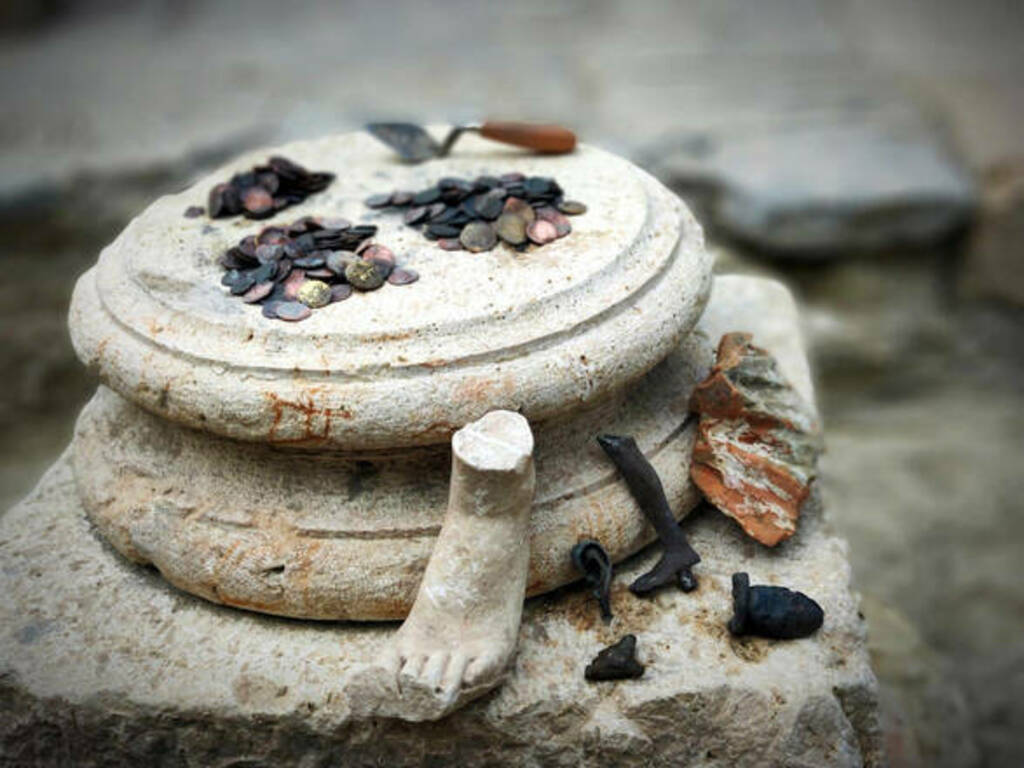
San Casciano is the sacred treasure found in Roman terms
"The Etruscans were the first to build structures for thermal waters, but it was under the rule of the Romans, true fans of thermal baths, that the healing properties of these waters gained enormous appeal, as evidenced by the presence of numerous archaeological excavations found in the area."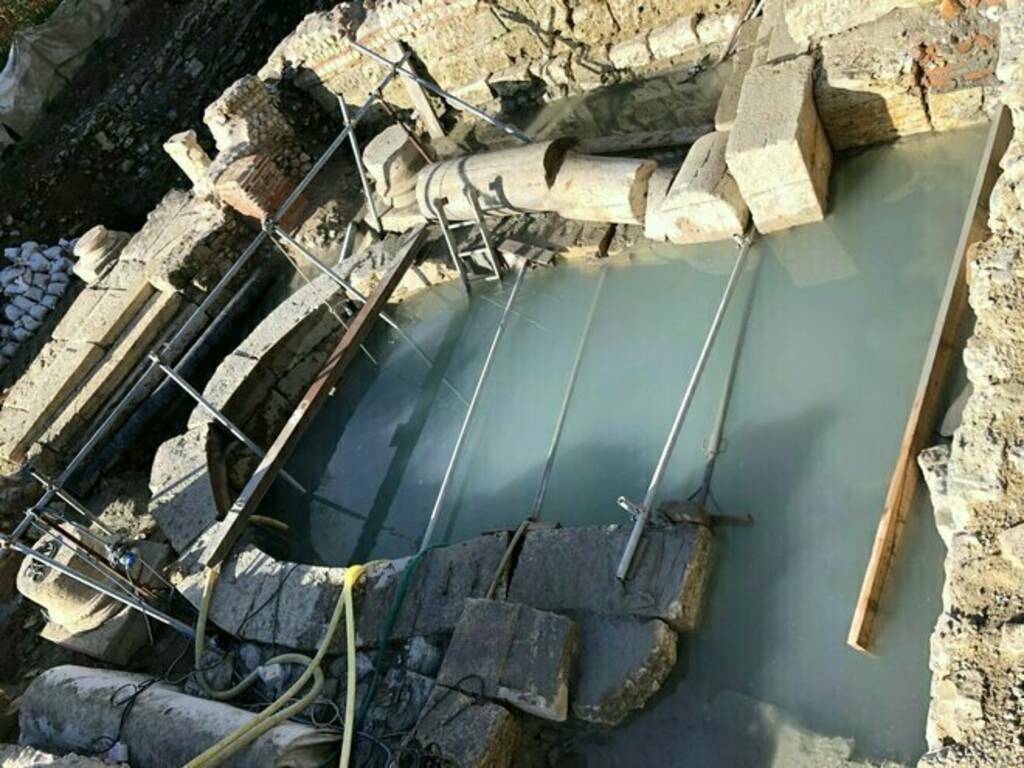

The Etruscans settled in the region of Central Italy known as Etruria. They were one of the most influential civilizations in ancient Italy before the Romans.
"Although these ancient people were much closer in time to us, they were even more mysterious and inaccessible than other ancient cultures such as Crete, Mesopotamia or Mycenae, and scientists still have a lot to learn about them."
The Etruscan and Roman sanctuary of Bagno Grande in San Casciano dei Bagna “is a geothermal center with forty hot springs, six of which are connected to the thermal sanctuary. The Etruscans chose this site to harness the therapeutic power of the water's chemical properties—it's rich in minerals like calcium and magnesium, as well as chlorides and sulfates.
Last week, archaeologists discovered a treasure trove of artifacts and relics at the site, shedding light on the close connection of Italy's past civilizations to the 'religion of water,' or the healing, divine origin of hot spring water."
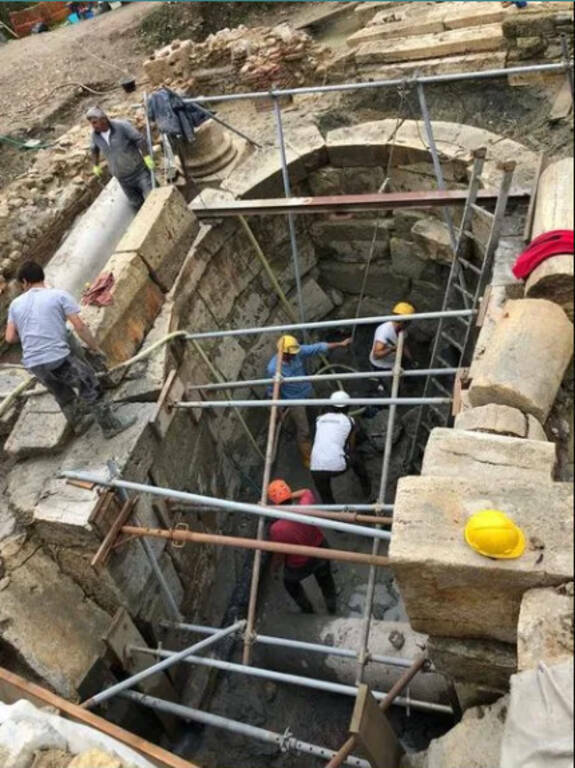
Rare objects believed to have been used as offerings to the gods, including so-called fertility figurines in the shape of a phallus, a womb, and a pair of breasts, were excavated from the mud at the site. There are also 3,000 ancient coins, 700 of which are newly minted and still shine. In the second century AD, the Roman emperor Marcus Aurelius Carus ordered coins to be thrown into the bath in honor of the gods who cared for his health, as well as the health of all Romans who went to San Casciano for thermal treatment.
"What makes this site unique in the entire Mediterranean is the exceptional state of preservation and the [evidence] it provides that hot water medical practices were considered healing under divine protection," said archaeologist Jacopo Tabolli, scientific director of the excavation project and Professor of Etruscan Studies at the University of Siena for Foreigners. "The quantity and quality of seized items is also impressive. We knew something was going on there, but we didn't expect such a surprise.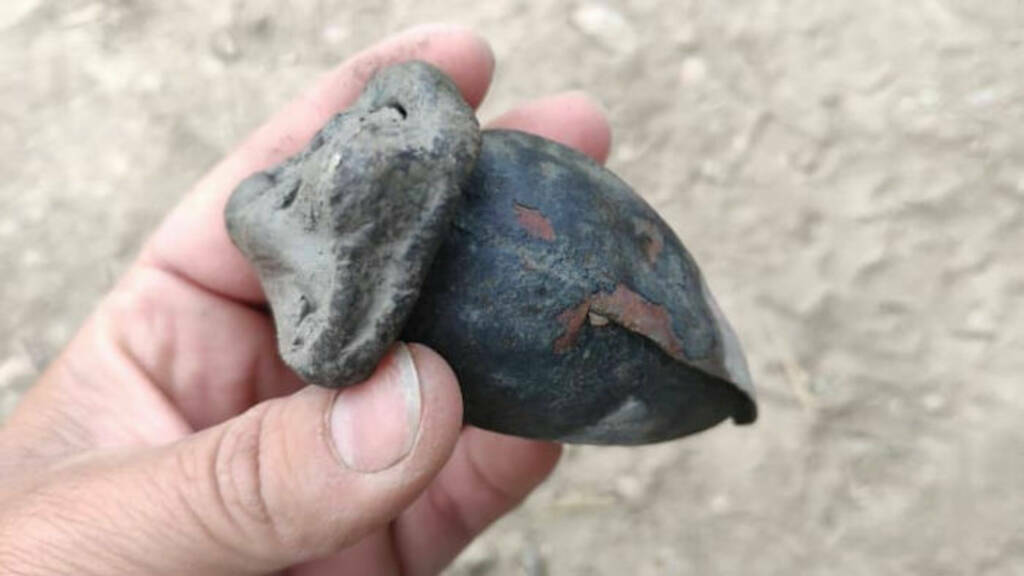

A vow to the gods in the shape of a womb, cast from bronze.
Archaeologists have also discovered many relics sculpted in the form of miniature bronze feet, hands and ears. These ancient objects were "left to thank the gods for healing certain parts of the body, or to draw attention—hence the shape of the ear—to the prayers of mortals in pain." 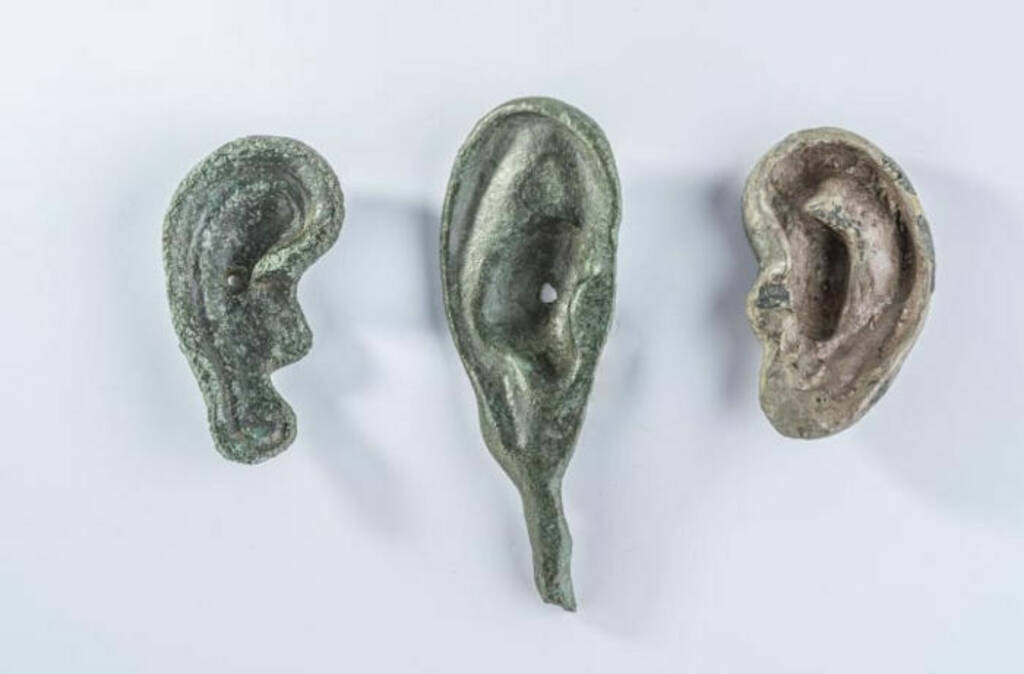

In Etruscan and Roman times, womb-shaped sacrifices were usually made of terracotta. The bronze found at San Casciano, which would have been very expensive to commission, is the first of its kind, Tabolli said, and serves as proof of how important the thermal site was.
"These discoveries tell us a lot about the ancient communities of Italy," Tabolli explained to CNN, "and contribute to our study of their social, cultural and religious landscape in relation to the sacred nature of hot water."
The excavation site now has one Etruscan pool eleven meters long and five meters deep, known as the "big bath", and five smaller Roman pools, where hot water still flows at a rate of about 2,000 gallons per minute. There are ruins of fountains and statues next to stone altars made of travertine, the god of prophecy and medicine Apollo, the goddess of fertility Isis and the goddess of firstborn Fortune Primigenia.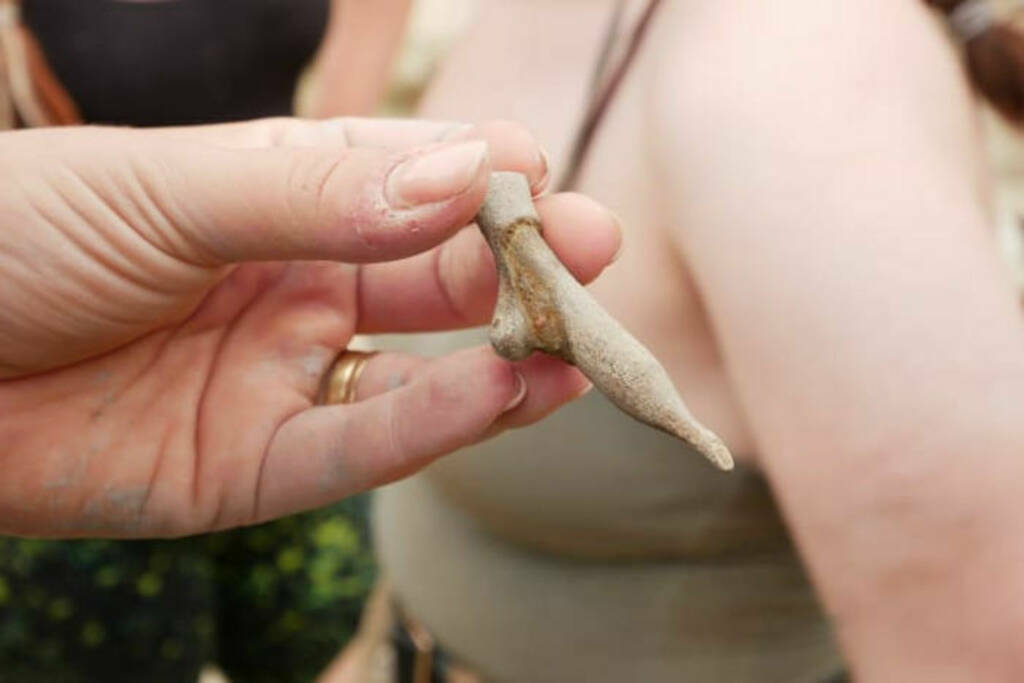

The number of bronze and silver coins made from orichalcum, a precious metal believed by the Romans to have mystical powers, found in the great tub is also extraordinary, Tabolli said. This is the largest collection of ancient currency related to hot springs in the Mediterranean, unique due to its perfect state of preservation. The coins retained their original color due to the chemical properties of water and the coating of mud, which prevented oxidation.
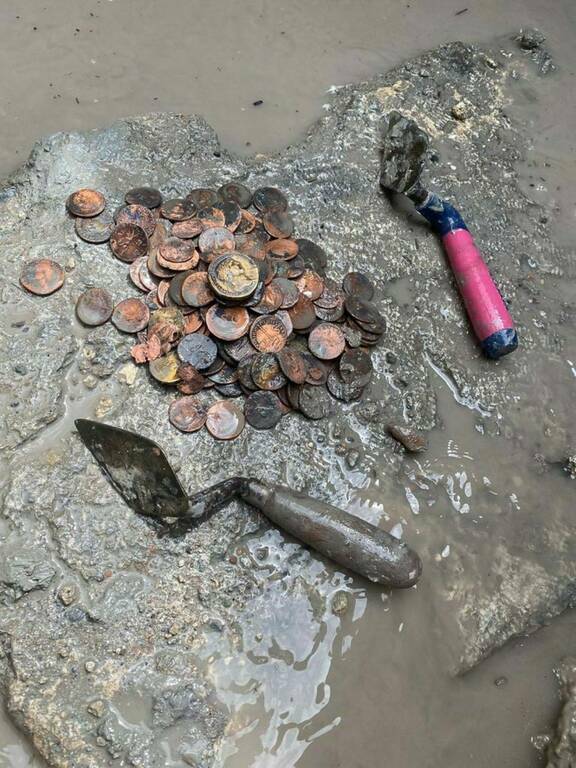
"They're still brilliant browns and brilliant yellows - colors so vibrant have never been found at any dig site," Tabolli said. "It's a miracle."
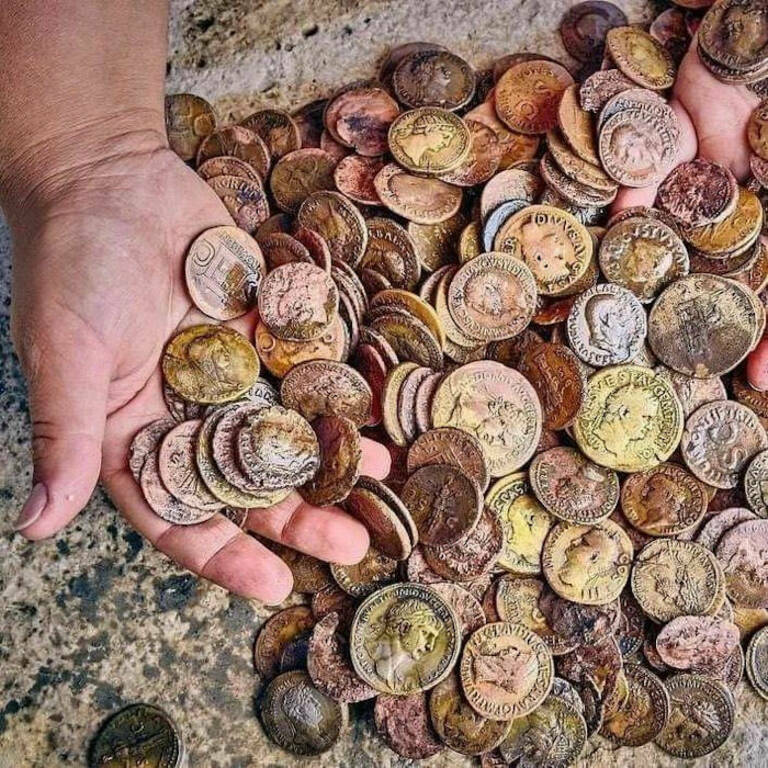
The statues were preserved for 2,300 years under the mud and boiling water of the sacred pools. All the statues are of bronze, five of them reach almost one meter in height and "all intact and in perfect condition". Jacopo Tabolli, talk about "a discovery that will rewrite history and on which more than 60 experts from all over the world are already working."
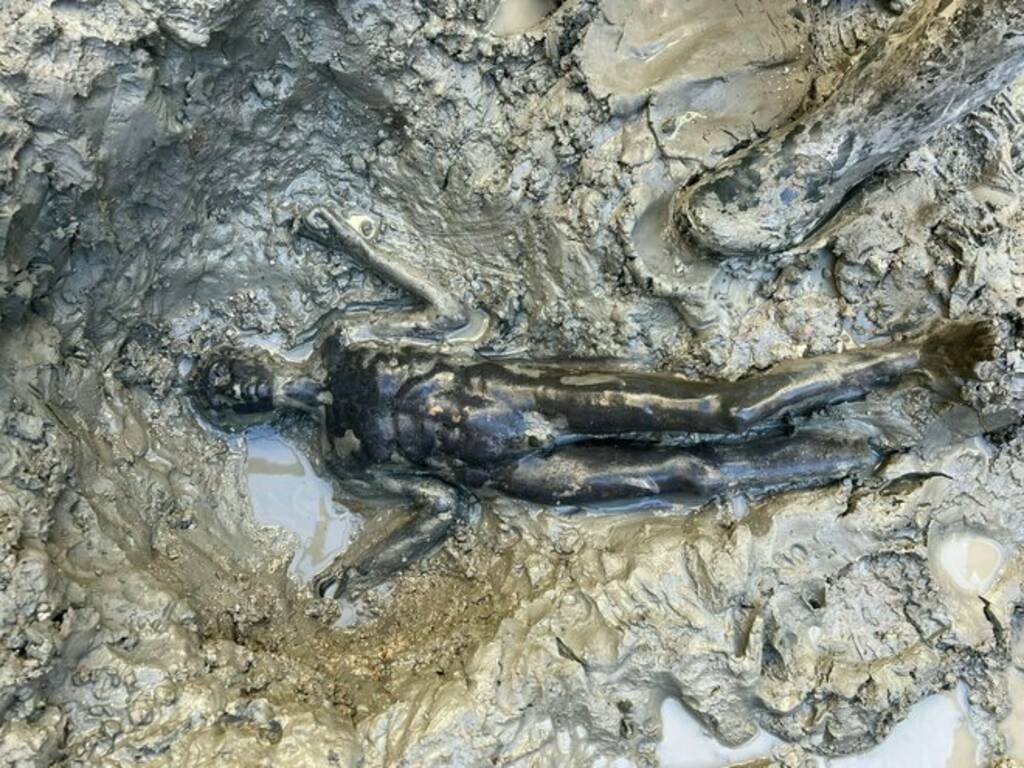
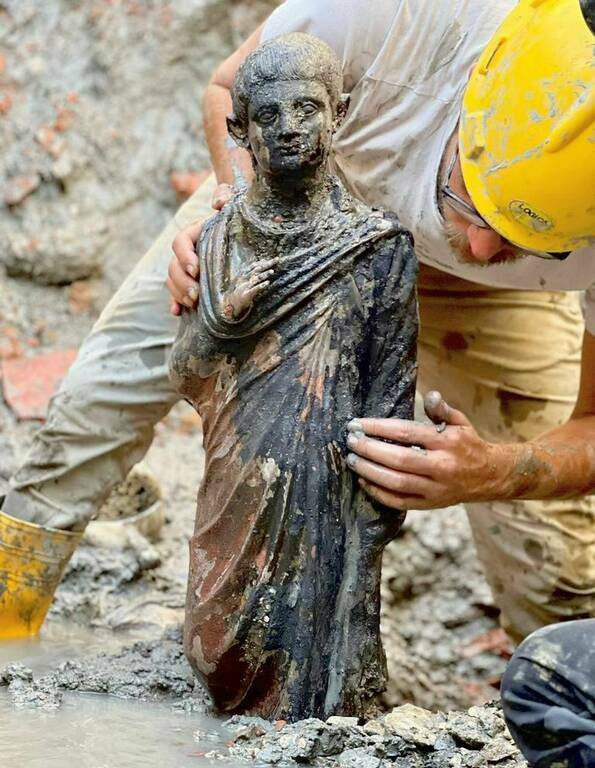
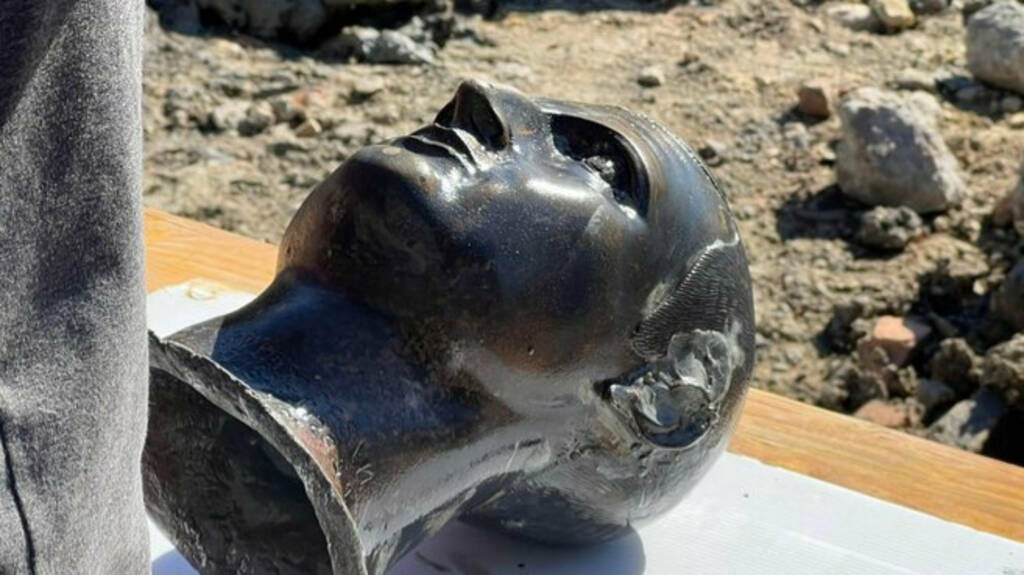
Archaeologists will continue to work at the site, and Tabolli is excited about what may emerge next. "I hope to excavate the main sanctuary in its entirety," Tabolli said. "We can already see the pre-Roman layer."
Jan Bartek is a staff writer for AncientPages.com
